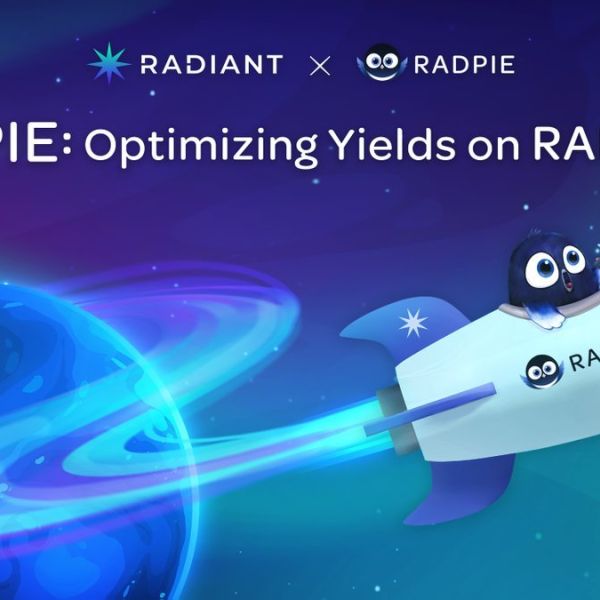Gradient Open-Sources Parallax for Decentralized AI Deployment
- Gradient open-sources Parallax for decentralized AI model inference.
- Markets see no immediate cryptocurrency impact.
- No executive statements on strategy have been shared.
Gradient’s release of Parallax emphasizes decentralized AI infrastructure for local applications. Official materials highlight a collaborative global mesh for model inference without naming specific leaders, financial impacts, or crypto links.
Gradient has released Parallax as an open-source project, focusing on decentralized AI model inference. Announced on October 28, 2025, Gradient seeks to advance compute sovereignty through this global initiative, which reimagines AI infrastructure across distributed networks.
Parallax offers decentralized AI model infrastructure , influencing local deployment and computing sovereignty. Its implications stretch across tech industries, although immediate market reactions remain absent.
Gradient’s open-source release of Parallax marks a shift towards decentralized AI, emphasizing compute sovereignty. While details on leadership are scarce, the project’s global mesh architecture promises a new paradigm in model inference and distributed computing.
“Parallax reimagines model inference as a global, collaborative process, one where models are no longer chained to centralized infrastructure, but are instead recomposed, executed, and verified across a global mesh of compute.” — Gradient Documentation
The decentralized approach of Parallax eliminates dependence on centralized infrastructure, transforming model inference into a collaborative global process. It ensures models are executed and verified across varied computing systems rather than being tied to centralized entities.
Although Parallax impacts AI deployment, cryptocurrency markets such as ETH and BTC remain unaffected as of now. Potential financial, social, or regulatory ramifications have not been extensively documented by Gradient.
Future financial gains hinge on wider adoption of decentralized AI models . Historical parallels in decentralized infrastructure highlight possible pathways, although current documentation remains silent on specific economic impacts or regulatory responses.
The emphasis on local control highlights Parallax’s role in privacy-centric computing, yet leaves its financial outcomes speculative. Improved AI model orchestration could foster tech innovation, leaving room for further refinements in this open-source endeavor.
Disclaimer: The content of this article solely reflects the author's opinion and does not represent the platform in any capacity. This article is not intended to serve as a reference for making investment decisions.
You may also like
Radpie - The upcoming "Convex" for RDNT
Since the Penpie $PNP IDO launch, its price once surged 5x. Riding on this momentum, Magpie announced it will continue to launch the "Convex" for Radiant $RDNT—Radpie—in the subDAO model. With multiple narratives supporting it, will Radpie be able to replicate or even surpass the returns of PNP?

Litecoin, HBAR ETFs by Canary Capital Triumph in Vital Nasdaq Listing Stage
Amidst a Favorable Regulatory Climate, Canary Capital Advances in the Crypto ETF Space with Litecoin and HBAR Filings

Explosive Interest in MegaETH Layer-2 ICO: $360M Pledged in Mere Minutes
Final Allocations to be Determined by Community Engagement Metrics, Following Rapid Oversubscription

Massive Buybacks Lead to 1.29B PUMP Withdrawal from Pump.fun Rally
Whale Sparks Market Activity by Withdrawing Over a Billion Tokens as Pump.fun's Buybacks Surpass $150 Million
